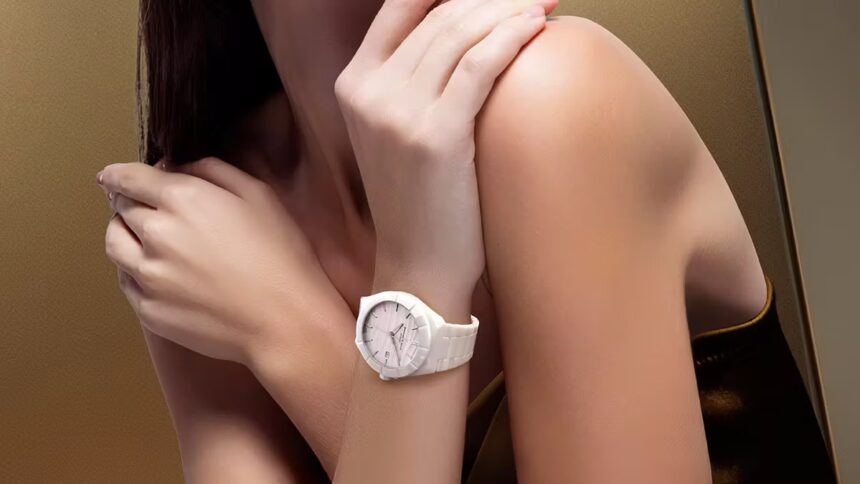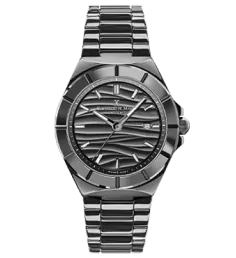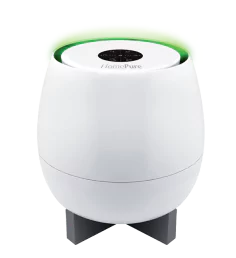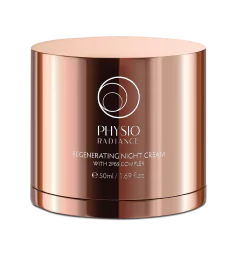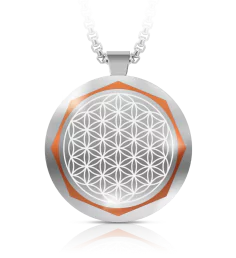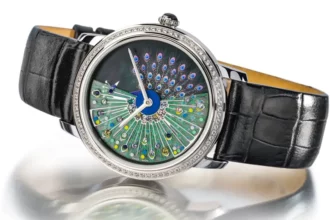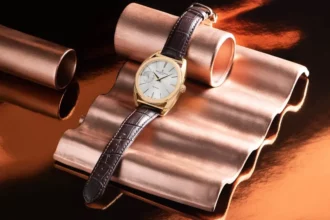Thanks to their sleek, minimalistic look and durability, ceramic watches are popular with both watch aficionados and casual wearers. Indeed, if one values style and function, and is in the market for a timepiece that blends elegance with enduring appeal and toughness, you can’t go wrong with a ceramic watch.
But wait. Do you know how to care for ceramic watches like those in Bernhard H. Mayer’s Alto Ceramic Watch Collection? Isn’t it difficult? Are ceramic watches durable and resistant to everyday wear and tear?
Here’s everything you need to know about ceramic watches, and how to maintain a ceramic timepiece if you’re thinking of investing in one.
Why Choose a Ceramic Watch?

First things first: the ceramic used in watchmaking is unlike what you’ll find in your tableware cabinet. The former is commonly referred to as high-tech or technical ceramic, and is specially engineered from materials like aluminium oxide (Al₂O₃) and zirconium oxide (ZrO₂). It also has various characteristics that set it apart from regular ceramic, among them:
- Exceptional Durability — Unlike standard ceramic, watch ceramic is robust and durable. It’s also tougher and more scratch-resistant than metal, scoring about 8-9 on the Mohs scale of hardness. That’s twice the hardness of stainless steel, which scores about 4-5 on the same scale.
- Corrosion Resistance — Compared to metals, ceramics are also immune to acids and oxidation. This means it won’t rust or tarnish, even when worn in humid environments. There’s also no need for regular polishing to keep ceramic watches looking new.
- Colour Stability — Ceramic is inherently resistant to ultraviolet radiation. Unlike metals, it doesn’t fade or discolour even after years of outdoor use or exposure to sunlight. In practical terms, this means that colours retain their vibrance, and white ceramic watches don’t yellow or stain.
- Hypoallergenic Qualities — Ceramic is naturally inert or chemically inactive. This means it doesn’t corrode or trigger allergic reactions in wearers like some metals can. This makes a ceramic watch ideal for individuals with metal sensitivities.
- Lightweight Comfort — Despite its toughness and durability, ceramic is remarkably lightweight. In fact, it’s lighter than most metals. Hence, there’s no heaviness or bulk on the wrist, making a ceramic watch comfortable and easy to wear throughout the day.
- Aesthetic Appeal — Yes, metals are captivating. However, ceramic has a distinct, sleek, and modern look, which lends ceramic watches and those who wear them an air of refinement and luxury. Depending on the design, ceramic timepieces can also look very fashion-forward and edgy.

Are Ceramic Watches Really Durable?
While there are numerous upsides to owning and wearing a ceramic watch, one factor to look out for is brittleness.
While ceramic watches may be more resistant to scratches and generally able to withstand more wear and tear than metal or even plastic, ceramic, as a material, lacks flexibility. As such, a ceramic watch can be vulnerable to cracking or shattering when subjected to impact or hard knocks.
This doesn’t mean that ceramic watches aren’t good, of course. On the contrary, it’s a small tradeoff. If one is careful and adheres to a few simple maintenance rules, a ceramic timepiece can last and keep its refined look for years.
How to Care for Ceramic Watches
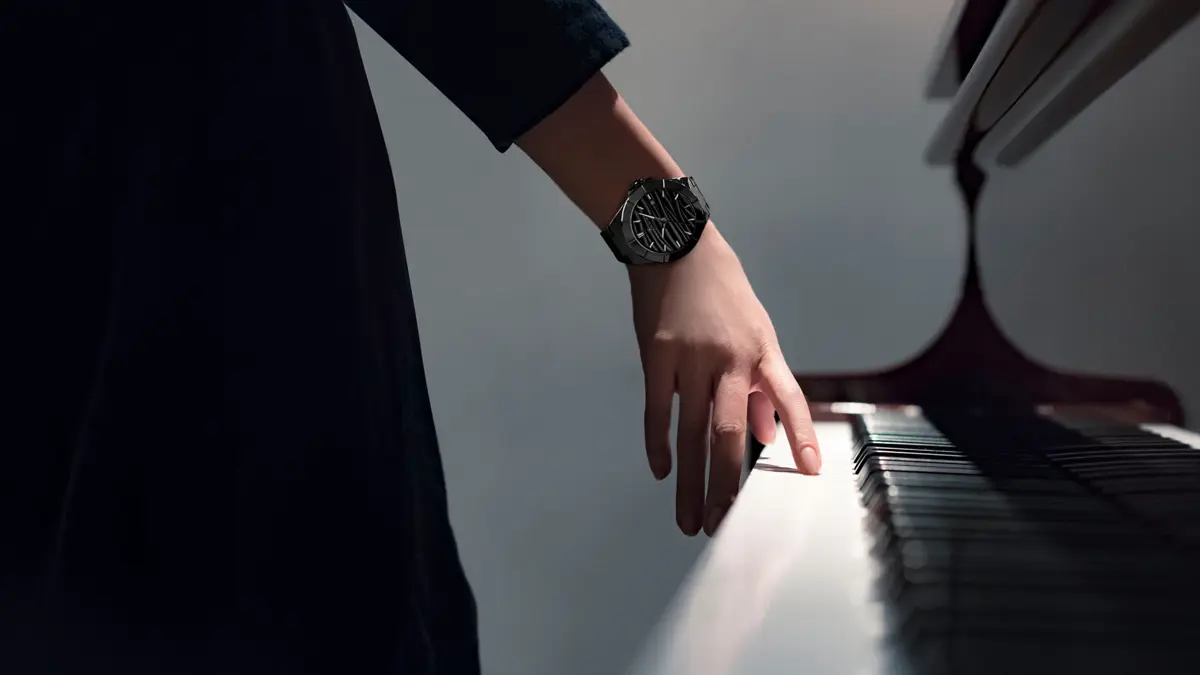
Additionally, ceramic watches are generally low maintenance. That said, a little routine upkeep can ensure your timepiece is in tip-top condition. Here’s how to go about that:
- Clean Regularly — Ceramic watches should be wiped frequently with a soft, lint-free cloth. This helps remove fingerprints. For a deeper clean, following prolonged exposure to sweat, cosmetics or dirty water, use a soft brush or microfibre cloth to wipe, rinse with warm soapy water, and dry thoroughly after cleaning.
- Handle with Care — Although immune to scratches, ceramic isn’t equipped to deal with hard knocks and sudden force. Hence, be cautious when wearing a ceramic watch during sports, manual work or activities that involve heavy physical contact.
- Store Safely — To avoid accidental slips and knocks, always store a ceramic timepiece in a padded box when not in use. Do also ensure that the environment is cool and dry, as prolonged exposure to extreme humidity can degrade watch components.
- Service Periodically — Always get any chips, cracks or breaks dealt with straightaway by an authorised service centre, and never opt for the DIY route. Additionally, having a professional assess and service your ceramic timepiece every two to three years will help extend its lifespan.
Timeless Style and Class
So, whether you’re considering Bernhard H. Mayer’s Swiss-made Alto Ceramic Black, with its bold and modern wave pattern and white luminous applied indexes, or the stunning Alto Ceramic White, know that you’re acquiring a visually striking timepiece with superior material engineering that’s designed to last for years.
Sure, ceramic watches require a little extra care. However, the benefits of durability, lightweight comfort and refined, aesthetic appeal make it worth the while, whether you’re dressing up for an event, heading to work, or just going about your day.
